An online restaurant ordering system can broaden your horizons and allow you to reach a wider customer base, but you need to make sure you select the right system. In this article, you can explore the most important features and functions to look for when choosing your ordering system, so you can maximize your restaurant’s potential.
Table of Contents:
- Defining Restaurants and the Restaurant Industry
- What is an Online Restaurant Ordering System?
- Why is Your Online Restaurant Ordering System Important?
- How Does an Online Restaurant Ordering System Work?
- Increasing Revenue With an Online Restaurant Ordering System
- Must-Have Functionalities for an Online Restaurant Ordering System
- Choosing the Right Food Ordering System
- The Major Restaurant Technology Trends
- Finding Restaurant Management Software
Defining Restaurants and the Restaurant Industry
Before looking at the functionality of a high-quality online restaurant ordering system, it is logical to start with a basic restaurant meaning or definition, as well as an outline of what the restaurant industry actually is. Put simply, a restaurant is a business that prepares food, serves it to customers, and allows at least some of those customers to eat on-site. The restaurant industry is an industry that encompasses all of these businesses.
In the “Restaurant Industry: Overview, Types, Examples and More” article, you will explore this definition in greater depth and learn about the different types of businesses within the industry, including casual restaurants, fine dining restaurants, fast food restaurants, cafes, buffet restaurants and some food trucks or food stands.
What is an Online Restaurant Ordering System?
An online restaurant ordering system is a system used within the restaurant industry to facilitate orders that are placed by customers using online channels, like your restaurant’s website or a mobile app. Such a system is primarily used to allow customers to place takeaway orders, either for collection or delivery.
A key trend that has largely emerged after the COVID-19 pandemic involves using an online ordering system for on-site customers, too. With this approach, customers usually sit at their table, access the website or app by scanning a QR code, and then place their order using the ordering system on their smartphone.
Irrespective of the precise approach being used, the basics of an online restaurant ordering system are that it will have a customer-facing user interface, allowing customers to view the menu, add items to their order, remove items from their order, either provide their table number or request a takeaway, and then place their order.
At the same time, the ordering system will have a separate back-end interface, which can be accessed by restaurant staff. This allows the back-of-house team to see orders and prepare the meals. It also allows other employees to access important information, such as delivery addresses and order histories for individual customers.
Why is Your Online Restaurant Ordering System Important?
Your online restaurant ordering system is important because it is likely to be the main way in which customers placing takeaway orders are going to interact with your business. This means it serves as a key touchpoint for your restaurant and helps you expand your reach beyond the confines of your premises.
Having a high-quality online ordering system can serve as a type of restaurant advertising, providing your restaurant with a greater online presence and offering you the opportunity to showcase your menu and attract orders from new customers who may not be able to visit your restaurant in-person.
Your chosen ordering system can be used to not only manage orders as they come in, but also to extract relevant data. This could include information about popular dishes, as well as inventory data. Having a high-quality ordering system can reduce the likelihood of communication errors leading to order mistakes.
Within your restaurant, you may also opt to use an online restaurant ordering system to provide a self-service option for your customers. For instance, customers could scan a QR code on their table, or on a physical menu, which will then direct them to the ordering system on their smartphone. This can alter the customer experience, giving customers more freedom to make ordering decisions in their own time, while also reducing the workload for your waiting staff.
How Does an Online Restaurant Ordering System Work?
There is a wide range of online ordering systems on the market, each with different features. However, for the most part, the basic process for ordering remains the same and can be broken down as follows:
First, the customer accesses the online restaurant ordering system, where they can browse the menu. This can be done from your website, or smartphone app, depending on the system used. As they view the different items on their computer, smartphone, or tablet, they can see the prices and add or remove items from their order. Once they are satisfied with their order, they can select a payment method, choose a delivery or collection time, and place the order.
At this point, your restaurant should receive a notification that an order has been received. You can then accept the order, and the details will be passed on to your kitchen staff, who can begin the preparation work. Along the way, you may also be able to provide status updates, highlighting when the food is ready, or when it is out for delivery.
The ordering system will typically allow you to retain data from each order, while customers may also be able to access their past orders too. In some cases, ordering systems can be integrated with other technology, allowing the system to automatically update your inventory data, revenue data, and other relevant information.
Once the food has been collected by the customer, or successfully delivered by your delivery driver, the online ordering system may also provide the option for customers to leave a review. This allows your restaurant to receive valuable customer feedback and may also help you showcase positive reviews to other potential customers.
Increasing Revenue With an Online Restaurant Ordering System
Takeaways are growing in popularity all the time. In the United States, a Deliverect survey found that as many as 44% of Americans are now ordering up to three takeaways per week. Meanwhile, a UK-based Censuswide study found that roughly 70% of customers would order directly to help their favorite restaurant.
These statistics help to highlight the revenue-earning potential if you invest in an online restaurant ordering system. The market for restaurant-quality food, delivered to people’s homes, is growing all the time, and customers are often much more willing to order takeaways than they are to travel to your restaurant.
Providing the tools for customers to order online, directly from your restaurant, helps you to maximize the amount of revenue you generate. When compared to third-party apps and ordering platforms, such as Uber Eats, DoorDash, and JustEat, you will keep more money from direct orders, because you do not need to pay commission fees.
Online ordering also provides a greater level of convenience than requiring customers to use the telephone, or to visit your premises to make an order. While there are added costs associated with providing a delivery service, many of these costs can be made up by simply adding a sufficient delivery charge to online orders.
Must-Have Functionalities for an Online Restaurant Ordering System
The following sections will break down the most essential functionalities of your online restaurant ordering system:
Dynamic Menus
The best online restaurant ordering systems should support dynamic menus, allowing your restaurant to highlight short-term special offers or limited-time menu items. This functionality can also allow for more dynamic pricing, enabling you to alter prices at different times of the year. In some cases, ordering systems may also be able to draw attention to the most popular items, or items that a specific customer has ordered before.
Search Functionality
While it should be possible to update menus and lay them out logically to make specific items easy to find, your chosen online restaurant ordering system should also have built-in search functionality. This allows users to search for a specific word and then see all menu items that are relevant to this search. Search functionality can greatly enhance the user experience and make the ordering process more efficient.
QR Code Ordering
QR code ordering allows users to scan a QR code on their smartphone and be taken straight to the online restaurant ordering system, where they can place their order. QR codes can be added to your website, any marketing materials you send out in the mail, on your advertisements, and on your physical menus. QR code scanning can also be implemented in the restaurant, so that customers order from their table, without speaking to waiting staff.
Video: QR Code Ordering – Customer Perspective
Live GPS Tracking
To provide the best customer experience using your online restaurant ordering system for takeaway deliveries, you should try to find a system that provides live GPS tracking. This allows your customers to see the live location of their delivery driver, so they know roughly how long they will have to wait. It also makes it easier for your restaurant staff to understand where drivers are, while you can monitor drivers and reduce calls requesting updates.
Order Notifications
Fast service is a key component of effective restaurant management, so you need an online restaurant ordering system that provides notifications as soon as orders are placed. This helps to ensure you do not miss any orders and there are no unnecessary delays between an order coming in and your restaurant staff getting to work on preparing the meal. Customers can also be notified when their order is accepted and when it is en route or ready to collect.
Multiple Payment Options
Ultimately, you want to make ordering from your restaurant as easy as possible, for as many people as possible. Therefore, it is important to look for an online restaurant ordering system that allows you to accept multiple payment methods. This might include credit or debit cards, mobile wallets like Apple Pay and Google Pay, online payment systems like PayPal, and the option to pay with cash either at the customer’s door or upon collection.
Quick Loading Times
A key part of getting the most from an online restaurant ordering system is minimizing friction and unnecessary disruption for the customer. For this reason, you must use an online ordering system that delivers fast loading times. Try to keep the unnecessary decorative elements to a minimum and focus on providing a fast, user-friendly experience that loads quickly across all devices.
Lock Screen Widgets
Lock Screen widgets are a great way to ensure your restaurant’s online restaurant ordering system remains visible when people look at their smartphones. These widgets can provide rapid access to the ordering system, without having to navigate through different apps on the phone. Widgets can also be configured to provide status updates on orders or to highlight promotional deals you are offering at that time. This then encourages more orders from existing customers.
Live Chat Support
Live chat support enables your restaurant to respond to any questions or issues your customers raise. This is ideal from a customer service perspective because it is a much quicker process than resolving issues via telephone or email. Live chat support within your online restaurant ordering system may also be able to be integrated with restaurant chatbots, allowing some of these customer service interactions to be automated.
Video: KFC Food Ordering on Whatsapp
Reviews and Feedback
An online restaurant ordering system that provides options for customers to leave reviews and feedback can be invaluable for two main reasons. Firstly, if you are confident that you provide a great service, it can be a great marketing strategy for restaurants, helping to showcase the opinions of satisfied customers. Secondly, the feedback allows you to identify areas where your restaurant could improve, as well as what your main strengths are.
Discount Codes
Discount codes are a useful restaurant marketing tool, because they can be used to encourage and reward customer loyalty, or to encourage people to try your restaurant for the first time. Your online restaurant ordering system should provide the ability to allocate discount codes to customers, or to provide a rewards program. For instance, you could set it up so that after every five orders, a customer receives a discount on food, or free delivery.
User Favorites
Another great option that can improve the ordering experience for customers is a favorites system, which allows customers to select favorite dishes, favorite menu items, or even a favorite order. When they place an order, these favorites can be highlighted or placed at the top of the menu. As a result, they can quickly order the meals they enjoy most. You may also be able to obtain data on which items are selected as favorites most often.
Voice Recognition
Voice recognition technology has a lot of potential when combined with an online restaurant ordering system. Not only can it enable customers to place orders using voice commands, but it can also potentially allow for complete integration between telephone orders and online orders, using the same underlying system. This technology allows customers to place orders through smart speakers and similar devices.
Choosing the Right Food Ordering System
Aside from your online restaurant ordering system, you will need to invest in a fully functional food ordering system for use when people are dining in at your restaurant, too. There are several different options here, from basic written tickets with a cash register, to a fully integrated point of sale (POS) system.
In the “Food Ordering System: How to Choose the Best One for Your Property?” article, you can learn about the different types of ordering systems available and explore how to identify the right one for your restaurant.
The Major Restaurant Technology Trends
There are other restaurant technology trends you need to be aware of beyond finding the best online restaurant ordering system. Examples include using digital inventory tracking solutions, acquiring an air purification system, using digital screens in your kitchen, and capitalizing on restaurant management revenue tools.
In the “Latest Restaurant Technology Trends You Need to Know About” article, you can find out more about the trends that are disrupting the restaurant industry and how they could be beneficial for your business.
Finding Restaurant Management Software
Whether you are working in traditional restaurant management, fast food restaurant management, hotel restaurant management, or another part of the industry, you need to invest in restaurant management software. Aside from your online restaurant ordering system, this could include POS systems, CRM software, marketing software, and more.
In the “Restaurant Management Software: A Complete Overview” article, you can find out more about the value of restaurant management software, explore examples, and learn about the advantages of investing in these tools.
Online Restaurant Ordering System FAQs
An online restaurant ordering system can broaden your reach and allow you to maximize income, but you need to have the most crucial features. These include the ability to accept multiple payment methods, support for GPS tracking, a live chat feature, dynamic and searchable menus and the option to provide discount codes or other rewards.
More Tips to Grow Your Business
Revfine.com is the leading knowledge platform for the hospitality and travel industry. Professionals use our insights, strategies, and actionable tips to get inspired, optimize revenue, innovate processes, and improve customer experience.Explore expert advice on management, marketing, revenue management, operations, software, and technology in our dedicated Hotel, Hospitality, and Travel & Tourism categories.
This article is written by:
Hi, I am Martijn Barten, founder of Revfine.com. With 20 years of experience in the hospitality industry, I specialize in optimizing revenue by combining revenue management with marketing strategies. I have successfully developed, implemented, and managed revenue management and marketing strategies for individual properties and multi-property portfolios.

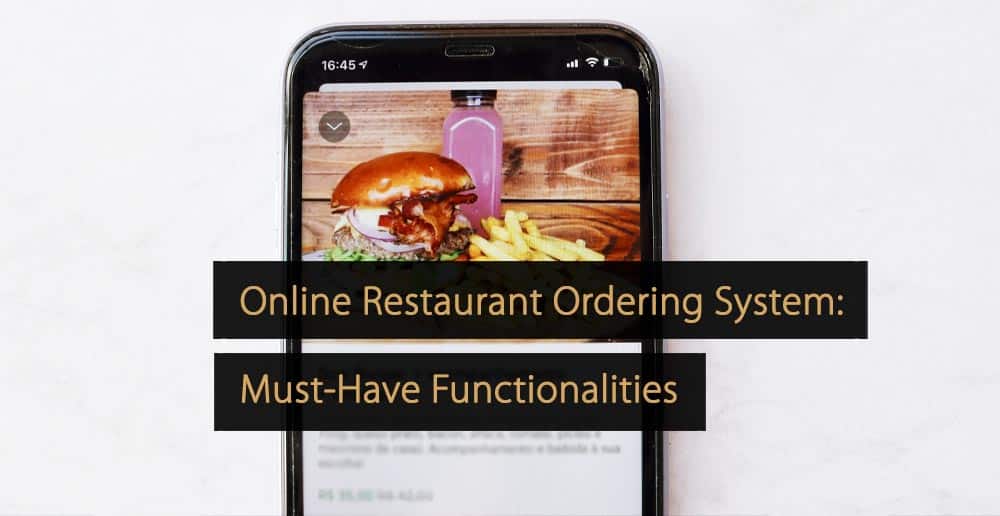
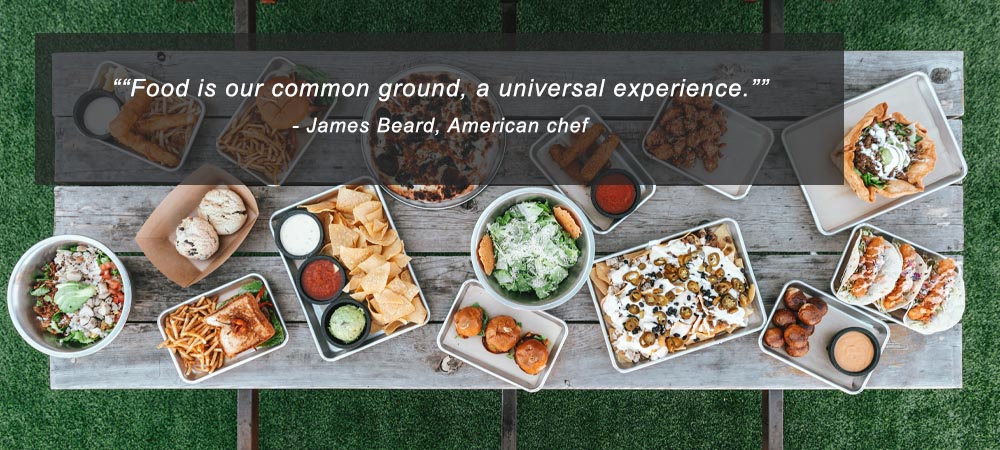



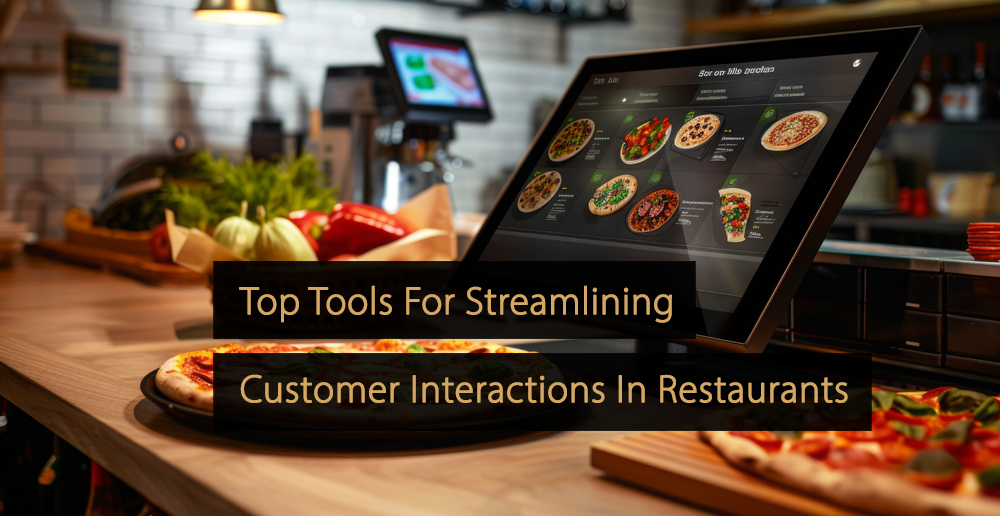
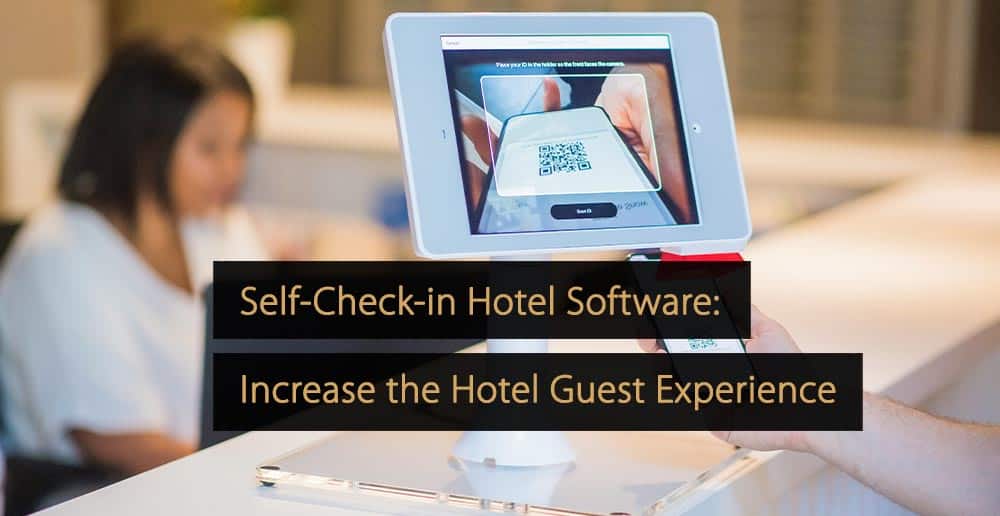
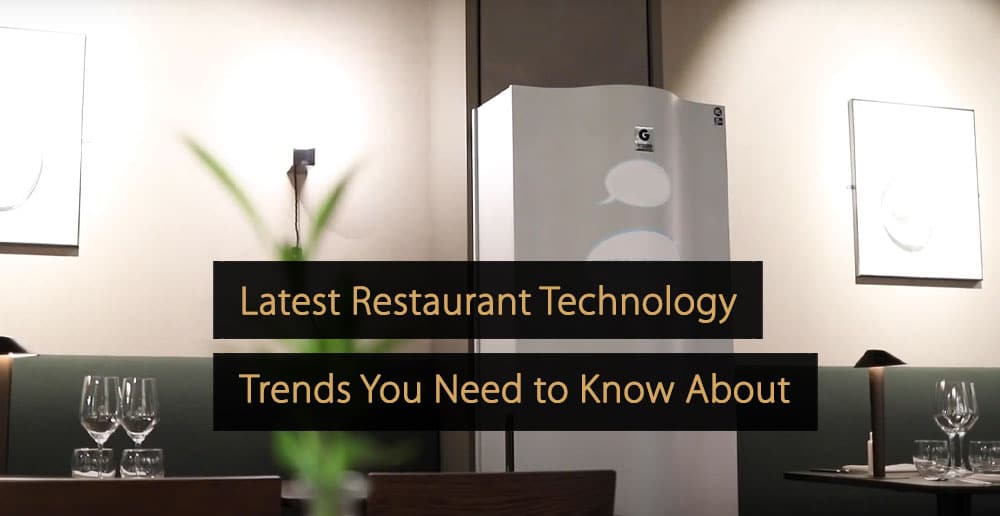

Leave A Comment